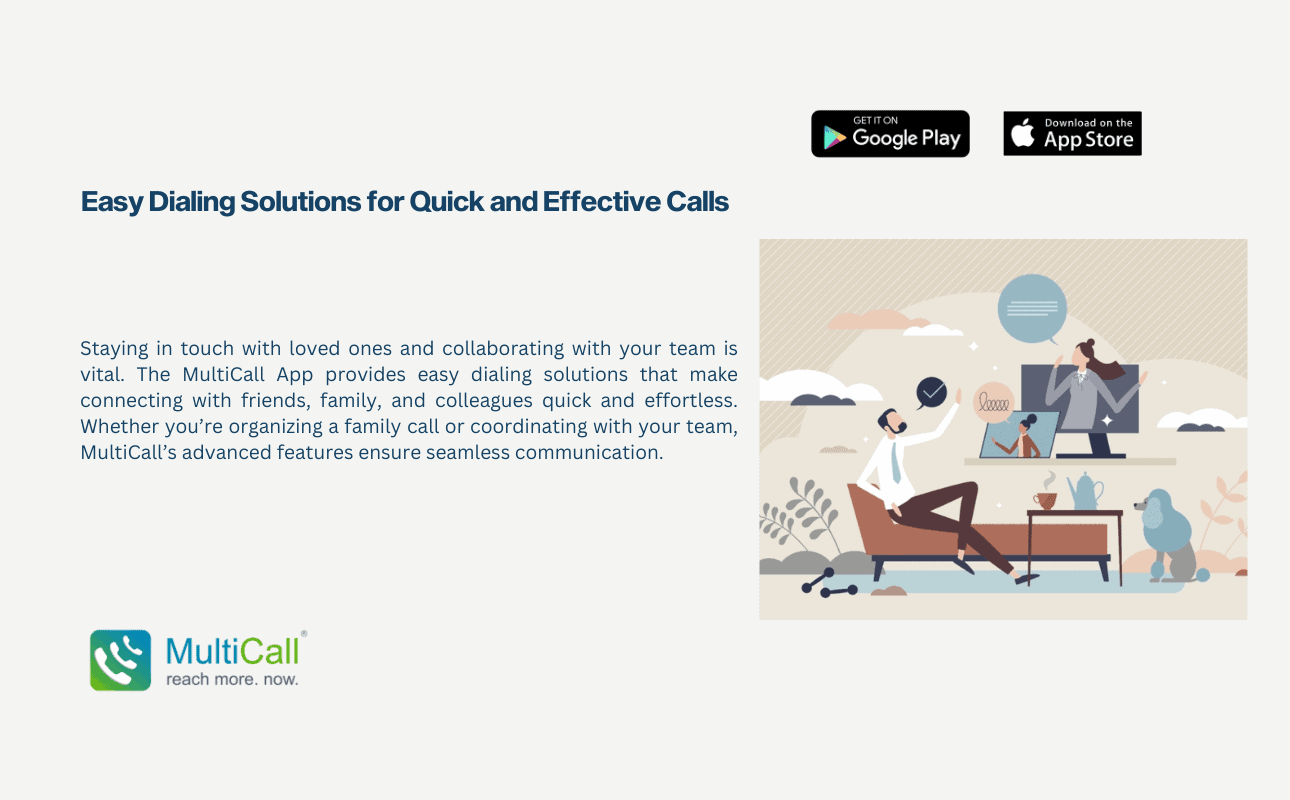
Next-Generation Video Conferencing with Conclave
Next-Generation Video Conferencing with Conclave Introduction Conclave by MultiCall is redefining

A great ability and degree of analysis and envisioning are complemented by high Emotional Intelligence that is attested by a demonstration of making clear decisions. But these two aspects of an efficient and effective leader are bridged by the element of communication. On that note, here are 5 communication elements an effective and efficient leader can consider.

No, we don’t mean by character like the “big bad” one likely seen in first encounters at children’s stories like the Red Riding Hood, but in social structure and method for management as seen in their reality. Just as wolves engage in constant communication (body language, eye contact, verbal), the effective leader also should communicate relentlessly. Having efficient internal communications means the need for an equally efficient communication solution. This signifies clear communication to the team of information and thoughts. It also means communication of ideas with high frequency in different media. With the myriad voice, video and text communication tools available in this day and age, leaders could MultiCall with their group to execute said communication.
Among many things an effective leader needs to have a vision and be willing to take personal risk. This is complemented by being sensitive to followers’ needs, and accordingly responding to them with the best of their ability. An element that can be considered by leaders to effectively communicate the same would be to illustrate with stories.

Under an effective leader, management approach would consider aspects from Deming’s 14 Principles of Quality. Among the key principles to follow are:
Creating constancy of purpose toward improving product and service. This is set with the aim here to not only become competitive, but to stay in the business and to provide jobs as well.
Adopting the new philosophy. Leaders in today’s economic age cannot tolerate commonly accepted levels of delays, mistakes, defective materials, and similar workmanship inefficiencies.
Driving out fear. This is so that everyone may work effectively for the company, and so as to better encourage two-way communication
Instituting vigorous program of education and self-improvement for everyone. As the adage goes, ‘Knowledge is Power’, and Advances in competitive position will have their roots in said knowledge.
But to be able to do so means to have the communication skill to listen and encourage input; and to motivate the other individuals to offer ideas and solutions before giving own ideas.

To be clear about this, a leader as a senior employee becomes a mentor when he/she sponsors and supports a less-experienced employee; a protégé. A leader as a mentor would help develop skills and achieve work objectives, and provide exposure to influential individuals within the organization. Their role also extends to protection from possible risks, complemented by bolstering of self-confidence and a provision of friendship and acceptance.
In effect, the leader acts as a role model, giving employees all the necessary tools to succeed and get ahead. This is done with the objective of transferring all their knowledge, so as to mould them into future leaders. Mentor commitment is critical. They must see the relationship as beneficial. The protégé, too, must feel he or she has input.
If either feels disconnected or uninterested then a successful pairing will never be established. To effectively accomplish said aspects would mean keeping communication simple; by being direct and not covering up with complexity and information overload.
It is not characteristic of a leader, let alone anyone, to read every single person they meet with 100% accuracy. While every now and then, listening to one’s gut can lead to a great course of action, this can have dire consequences for an organization if it proves to be wrong. To back up decisions made here, Systematic study can provide data.
People are able to analyse data and understand why a manager made the decision they made.
Using systematic study also builds trust between a manger and the employees;
Hence the leader needs to assert their actions on a constant basis. Keeping the communication clear and concise would also help increase the group cohesiveness toward achieving a task. High Performance norms along with High Cohesiveness for the same would lead to high productivity, leading to better growth for the company.




Next-Generation Video Conferencing with Conclave Introduction Conclave by MultiCall is redefining

Group Call Business Communication: Tips and Best Practices Introduction Effective

Experience High-Quality PSTN Calling with MultiCall Introduction For clear and

Key Features of MultiCall’s Group Calling Solutions Number Masking: Protect

Key Features of MultiCall’s Easy Dialing Solutions Instant Group Calling

Key Features Instant Group Calling Apps: MultiCall allows you to